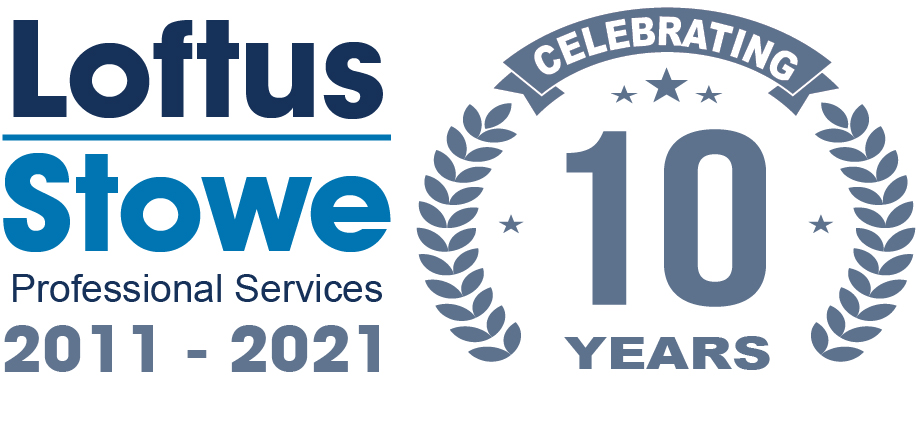Since the beginning of this year,Tescos(LSE: TSCO) shares have mounted an impressive recovery.
Year to date, the companys shares have gained just under 16%, beating the wider FTSE 100 by 15% excluding dividends.
However, Tescos underlying trading does not reflect this buoyant performance. The groups sales are still falling, and the discounters continue to steal market share.
That being said, Tescos relatively new CEO Dave Lewis has wasted no time in streamlining the groups operations. Unnecessary costs have been slashed, and the groups aggressive expansion plan has been curtailed.
But theres plenty to be done before Tesco can claim to be on the road to recovery.
High expectations
The majority of Tescos gains over the past six months have been driven by optimism the market is already pricing in a strong recovery.
Much of the companys recovery, in the near-term at least, will be driven by cost cuts.
Tesco is planning to cut costs by 250m per year, which is a sizable figure. City analysts only expect the company to report a pre-tax profit of 900m for 2015.
Still, Tesco can only cut costs so far and ultimately, the companys recovery will depend on its ability to lure customers back into its stores.
Attracting customers
When it comes down to sales growth, Tesco is making some progress. Indeed, although sales continue to decline, customers are returning to Tescos stores.
According to Kantar Worldpanel, during the 12 weeks to February of this year, 236,000 shoppers returned to shop at Tesco.
Moreover, according to Tescos recent trading update during the 13 weeks to the end of May, 180,000 customers started shopping with the group. Sales volumes during the period increased by 1.4%.
Making progress
With costs falling and customer numbers increasing, its clear that Tesco is making progress.
Although, the company still has a long way to go before its recovery really starts to gain traction.
For example, Tesco is struggling with a 22bndebt pileincluding rent and its pension deficit.
Asset sales are planned to help reduce this debt pile. The sale of Tescos South Korean unit, as well as the groups pioneering customer-data-management business, Dunnhumbycould raise as much as 6bn, a welcome cash infusion.
Additionally, management has agreed that the company will pump 270m a year into its pension fund to try and plug the deficit.
Time will tell
Over the next twelve months, Tescos recovery should start to play out. Cost savings will start to filter through, and asset sales will allow the company to pay down debt, reducing interest costs.
However, until the group shows concrete signs of a recovery, the market will remain sceptical. Thats why Im wary of Tescos shares after recent gains.
Specifically, Tesco currently trades at a forward P/E of 25.5, a lofty valuation that leaves little room for error if things dont go to plan.
But don’t just take my word for it.
I strongly recommend that you do your own research on Tesco before making a trading decision — you may come to a different conclusion.
And to help you assess the Aviva, our top analysts have put togetherthis new report entitled,“How YouCould Retire Seriously Rich“.
This is a new report from The Motley Foolthattakes you throughthe seven essential steps you need to take to become a stock market millionaire.
What’s more,thereport fromexplainshow spending just 20 minutes a month could help you create a portfolio that could bring you closer to financial freedomfor life.
Click hereto check out the report–it’s completely free and comeswith nofurther obligation.
Rupert Hargreaves owns shares of Tesco. The Motley Fool UK owns shares of Tesco. We Fools don’t all hold the same opinions, but we all believe that considering a diverse range of insights makes us better investors.





